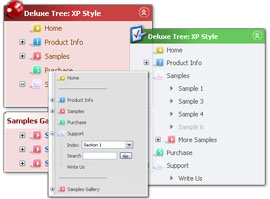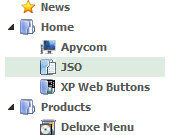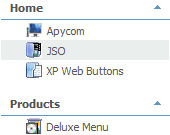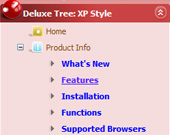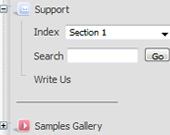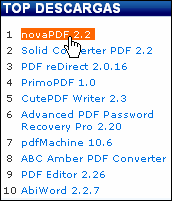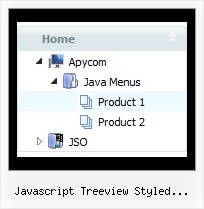Template: Javascript Treeview Styled Checkboxes
Tree Java Script Outlook 2003 look
The template emulatesOutlook 2003 look. To open submenus click on menu items.
The appearence of this template is determined by the following parameters:
- Toggle-mode support.
- Items have icons
- Animation effect for subitems
- Menu has a static position and is placed within the table cell
The template emulatesOutlook 2003 look. To open submenus click on menu items.
The appearence of this template is determined by the following parameters:
- Toggle-mode support.
- Items have icons
- Animation effect for subitems
- Menu has a static position and is placed within the table cell
Key features:
- Submenus automatically scrolls
- Status string shows item labels
- Filters and Transitional effects
- Relative/Absolute menu position
- 3-state icons for each item
- Unlimited number of sub levels
- Vertical orientation of the Tree Menu
- Personal CSS styles for separate menu elements
- Submenus automatically scrolls
- Status string shows item labels
- Filters and Transitional effects
- Relative/Absolute menu position
- 3-state icons for each item
- Unlimited number of sub levels
- Vertical orientation of the Tree Menu
- Personal CSS styles for separate menu elements

